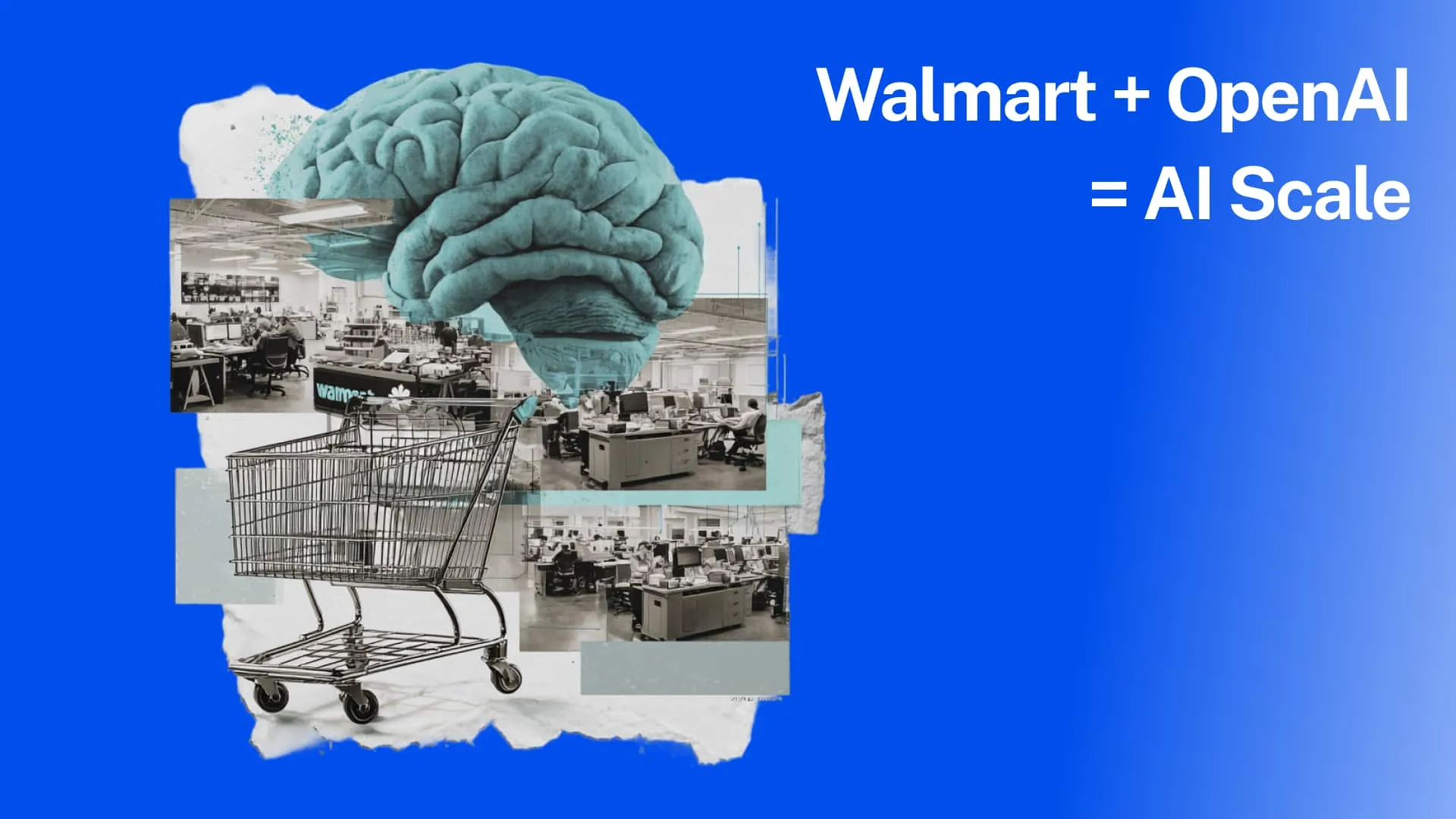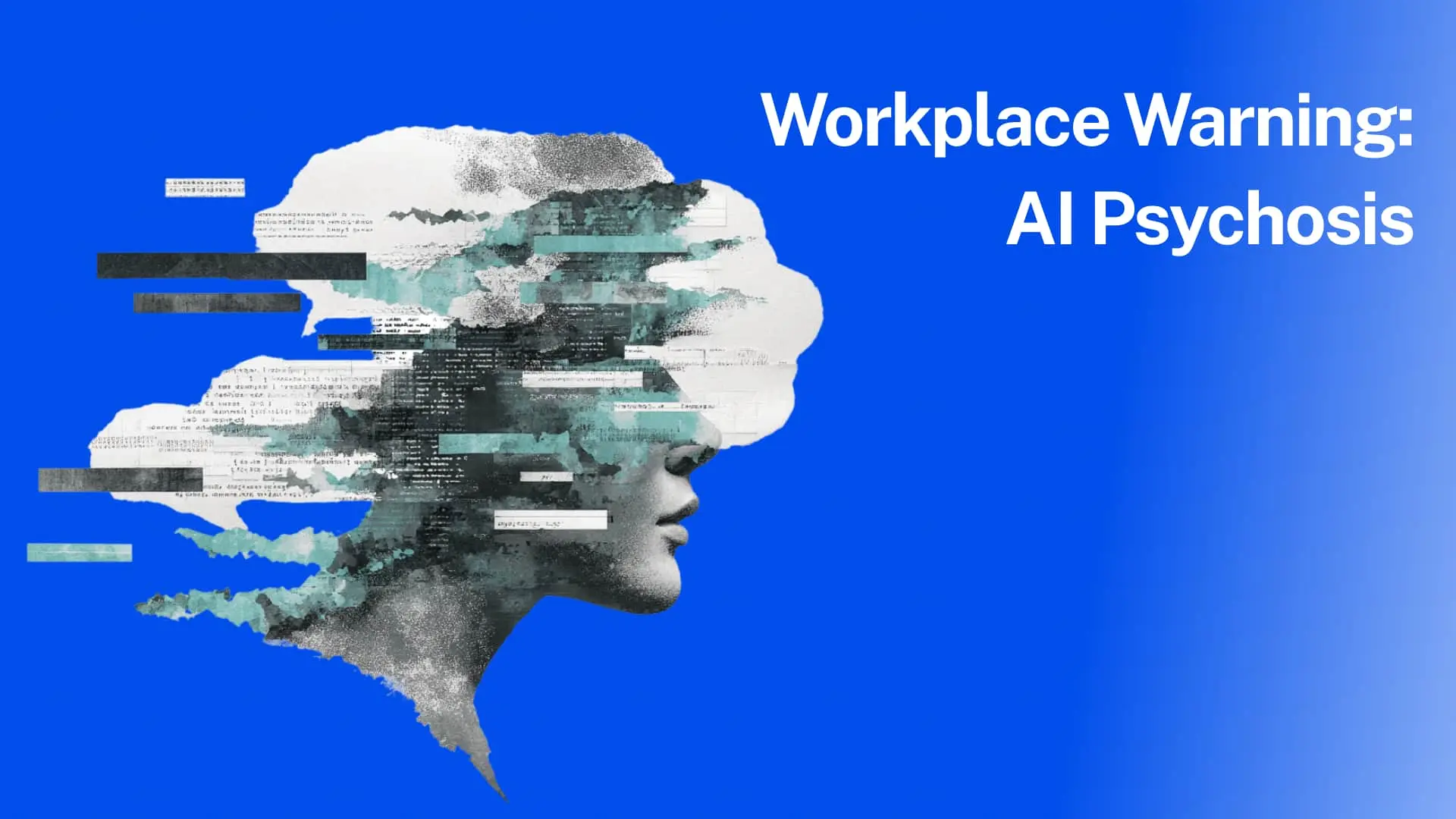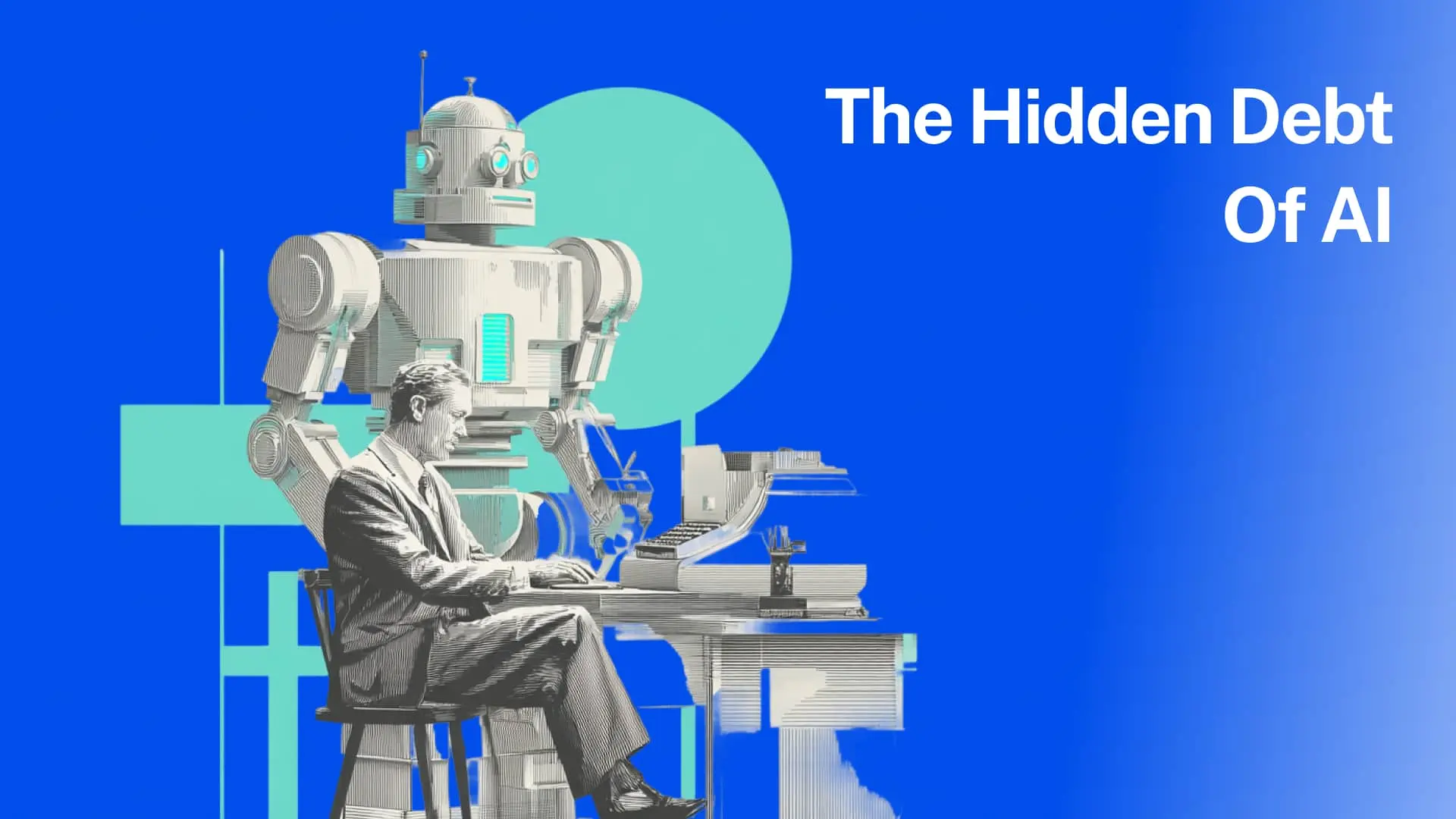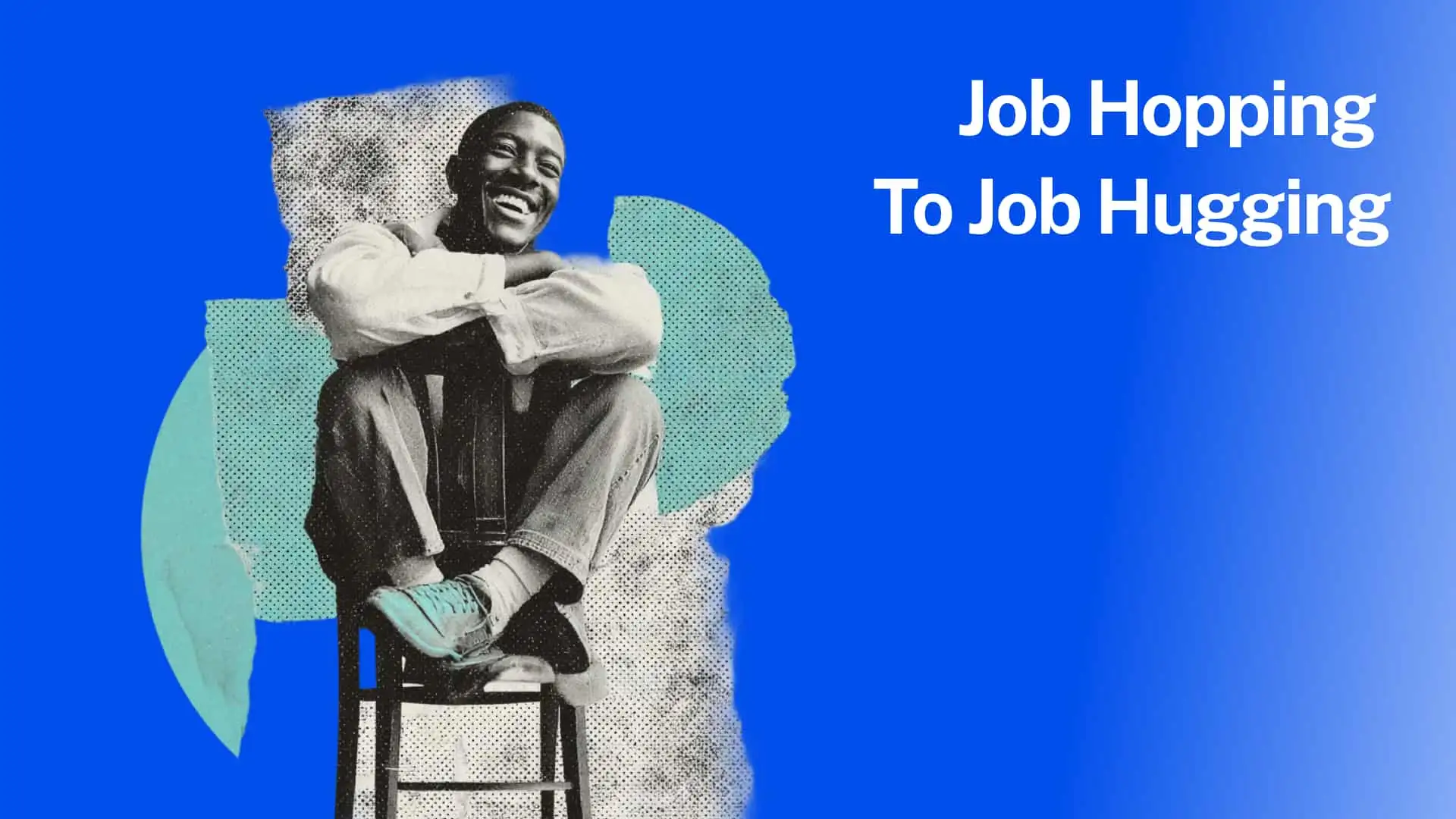Following Apple, Google, Amazon, and many other companies, Lyft told its employees to return to office last week. What was notable about this one is that Lyft's new CEO had just laid off 1000 employees, 26% of the team. What does this latest return to office order mean for our future of work?
Back to the office?
As I wrote in "The Return to Office: Separating Hype from Reality and Creating Meaningful Office Days," it's true that many companies are asking their employees to go back to office. Starbucks, Disney, and the companies mentioned above are all bringing back their teams.
However, almost universally, their mandates mean coming back some days of the week. Starbucks asks for three days per week, Apple asks for three – and may terminate those who don't adhere), and Google also asks for three.
Lyft falls perfectly in line with the 3-day policies of these companies but does strongly recommend an additional day, keeping only Friday off-limits. Keeping Friday free for remote work is in line with broader trends, as reported by Scoop.

Reasons to Return to Office
Lyft's CEO David Risher said that “things just move faster when you’re face to face" in an interview with the New York Times. According to him, remote work leads to isolation and an eroding culture. “There’s a real satisfaction that comes from working together at a whiteboard on a problem.”
He echoes sentiments some other tech leaders have shared as well. Netflix CEO Reed Hastings said, "not being able to get together in person, particularly internationally, is a pure negative." Apple CEO Tim Cook was more nuanced but shared that his preference is "the "serendipity" of in-person meetings."
But the truth is that employees aren't against being in the office either. They just don't want to be there full-time. On average, they want to be there 2.5-3 days weekly. This is specifically true for younger employees, who prefer more time in the office than older employees and are less likely to want to work remotely completely.

Intention
Our Chief Experience Officer, Abhishek Mathur, said in our recent "Help I'm a Hybrid Manager" webinar that office days should be about intentionality.
He shared that managers need to understand what their employees want and need from the office. For some, it could be access to equipment or resources they don't have at home. But for everyone, the office is a place to connect, socialize, and work together as a team.
Workplace strategist Corinne Murray from Agate, featured on the Future Work podcast, said that "most companies are too focused on bringing employees back into the workplace rather than understanding what works best for the type of work the employee is doing." She shared a helpful Gartner framework that puts types and places of work on two axes.

We're now seeing this in the real world. Employees at J.P. Morgan, where the CEO called employees into the office thrice a week and managers full-time, complained about a "Zoom culture" in which staffers were stuck on virtual conference calls even when present. Employees also said their boss's comments that employees who want to work remotely can quit their jobs are “tone deaf” and “divisive.”
Running your own hybrid office? Check out our comparison of the Top 36 Hot Desk Booking Software. Need meeting room booking instead? Check out our Top 10 Meeting Room Booking Software.
So, instead of just calling employees into the office for Zoom meetings at their desks, managers should use the office as a hub for activities that benefit from being done in person, like collaborations, one-on-one meetings, on-the-job feedback (a key driver for Gen Z), and training sessions.

Indeed, creating Intentional Office Days is one of the five key pillars of a successful hybrid return to office strategy.

Benefits of remote work models
Stanford Professor Nick Bloom recently released research showing that remote work positively impacts people and their companies.
When companies offer remote work, employees feel more agency and autonomy, key drivers for human motivation. Consultancy Gartner recently released the “Human Deal Framework,” which underscores that feeling autonomous and enjoying radical flexibility is key. And according to Deloitte research, this increases employees' appetite to join and stay at their company.
Having flexibility at work helps people and companies in many ways:
- Working from home is valued as much as an 8% pay increase. In technology and finance, hybrid work is valued as a 10%+ pay increase. (Bloom)
- Remote work reduces quit rates by 35%. FlexOS research shows that more than half of employees practicing hybrid work (52%) would quit without this privilege. (Bloom, FlexOS)
- Hybrid work-from-home increases diversity in various dimensions (race, gender, age, politics, and religion). (Bloom)
- Hybrid work increases job satisfaction, engagement, and commitment. (University of Leeds)
- 71% of those who work from home say it helps them balance their work and personal lives. That includes 52% who say it helps them a lot with this. (PEW)
- Hybrid work helps reduce real estate and operating costs by up to 50%. (Fortune)
I've said before that this is especially true for recent graduates. They often have spent years studying online, and their first workplace experience likely was online too. For them, 'the magic of in-person' is a very theoretical concept.
Business Insider's Robin Madell reported on a conversation with such a fresh grad, Dana Good. Dana shares how remote work allows flexibility with other commitments and supports her mental and physical health. After studying and working online, she dreaded the wasted time, money, and energy spent commuting and dressing up for an in-person job.
Countless benefits. So why the sudden change?
Simply said: fear and 'business as usual.'
“When top executives feel financial stress, the classic ‘threat-rigidity’ effect kicks in, and beyond possible benefits for communication, collaboration and creativity, they feel compelled to increase their own illusion of control,” Bob Sutton, an organizational psychologist and a professor at Stanford, said.
Business owners want to be on the employees' side when times are good. When things get difficult, they revert to 'what we know.'
A comment on the Lyft article said it well. "Wow, the old "bait & switch" tactic. Many people uprooted their entire professional lives to come work for a company that advertised fully remote options."
In her great article It’s time to ‘grownupify’ work, Amy Leschke-Kahle shared a similar perspective: "There are countless studies that show how important flexibility and agency are to employee experience. A grownup workplace is a trust-based workplace, which includes trusting employees to make the call on where and when they contribute most."
People-Centric Companies: Stay Flexible
Banks and select tech firms may tell people to return to office. But when the tides turn, I wouldn't be surprised to see these employees quit. For example, a recent viral Reddit post described an employee who got their WFH privileges revoked immediately searching for a job.
This is why I said we can safely ignore headlines touting the return to office as a positive in a recent interview with Adrian Tan.
As people-first companies, we shouldn't compare ourselves with antiquated enterprises and their antics. In our often competitive industries, we should support employees' demand for flexibility. And we will benefit from it.
Remote's CEO Job van der Voort echoed this: "It's not about working from home, or not going to an office. It's about changing the relationship with work."











